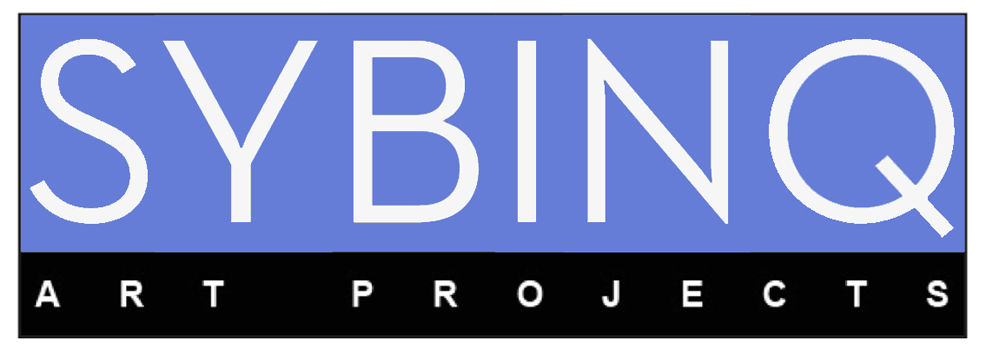 |
| Duccio Di Buoninsegna, Flagellation, 1308ca Tempera on wood panel, Museo dell' Opera del Duomo, Siena, Italy |
Definition of "Window of opportunity" from an on-line source:
Idioms: Fig. a brief time period in which an opportunity exists.
What we see in this image is what our friend Duccio must have thought to be an incredible breakthrough in the much sought-after use of perspective in painting at that time. Like Giotto, Duccio was a pupil of Cimabue, the undisputed pioneer of the creation of the third dimension according to the biographer and first art historian Giorgio Vasari.
It was the XIV century in Italy, and religious painting was greatly influenced by Byzantine examples in which flat, uncanny figures of Madonnas with Baby floated about with no chiaroscuro in their clothes nor any shadow on the ground. In short: no sign of humanity was to be recognised in such icons representing the Divine, and the Italians did what they do best: copying, and re-elaborating in better quality. Little by little, the use of perspective opened a window of opportunities in figurative representation, bringing Gods and Saints back to reality, down from the heavenly sphere to mingle with the common people who, in turn, felt closer to them.
Now, this image nowadays makes us smile a little, because we can see that something is wrong with it: Pilate is neither inside nor outside, with his arm outstretching in front of the column; we can tell the construction of the "box" hosting the scene is weird, whereas the layers of the attending people land on no floor, like cards laid on a table. Despite Duccio's efforts, the image is still flat; it would have taken at least another century to get, for example, to this.
After all this I hope interesting stuff, you may be wondering why I have chosen this particular image and am posting this particular post. First of all, Habda was inspired by the image - during one of her visits to the National Gallery - which can be used as a tool leading to develop free interpretations of the concept "wrong perspective". This triggered a whole series of thoughts that the other curators and I are going to develop into shows, in another window, starting at the end of September.
Apparently, windows really are receptacles of opportunities at the moment.
Regarding the wrong perspective, let me tell you something more: it's not that Duccio wasn't aware of the wrongness of his image; he deliberately chose to emphasize Pilate's death sentence through the gesture, even if this literally had to come out of the scene. In my opinion, this makes a huge conceptual difference. On the basis of this, what would be the wrong perspective, his or ours?

















